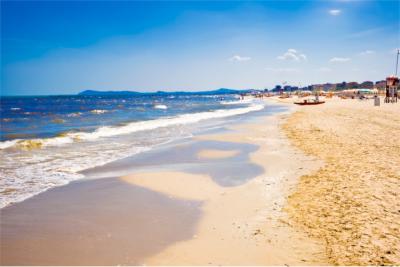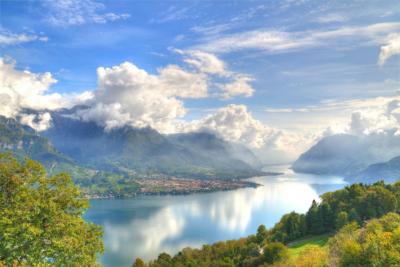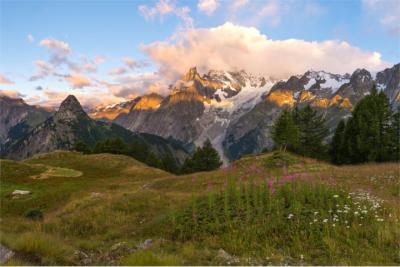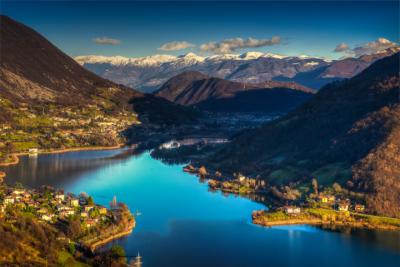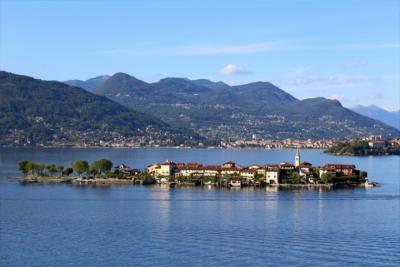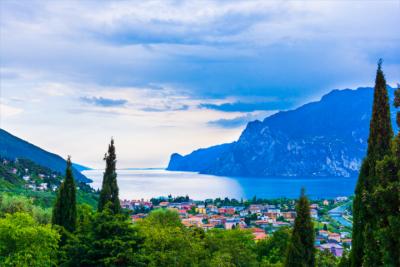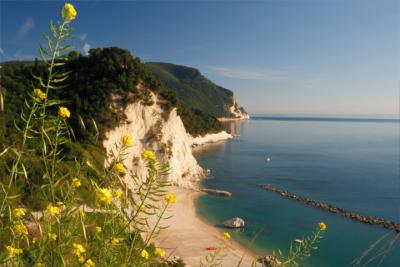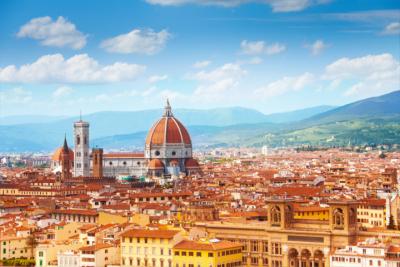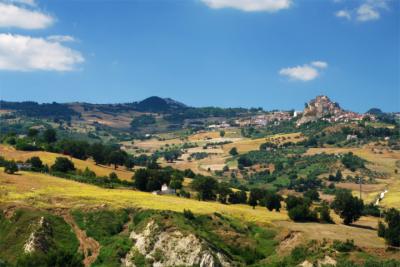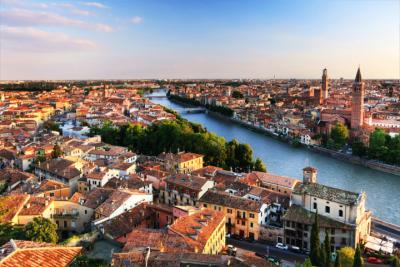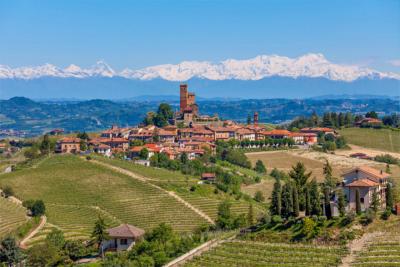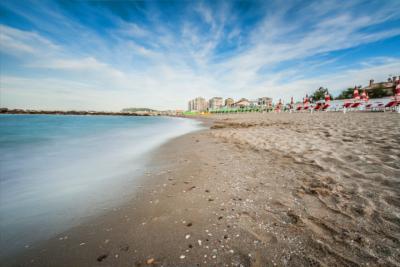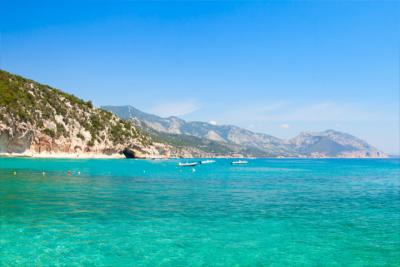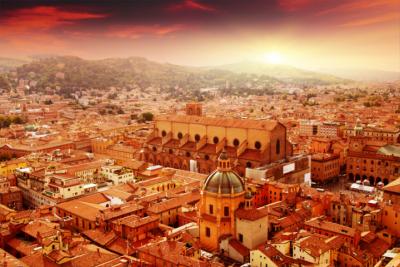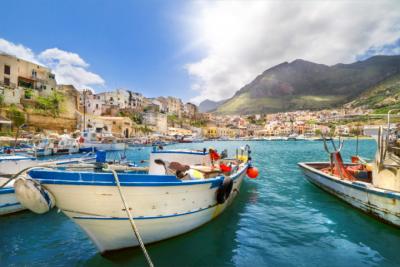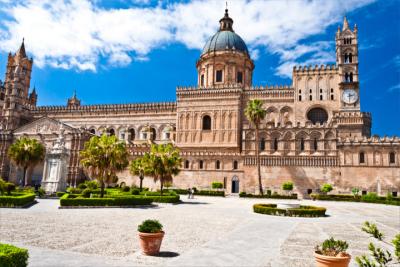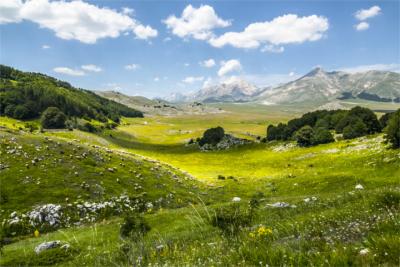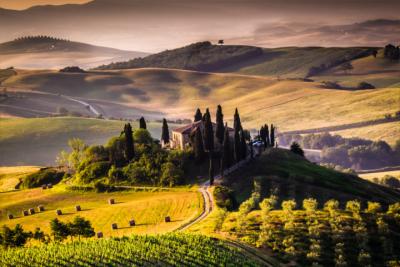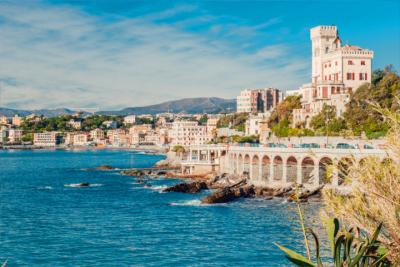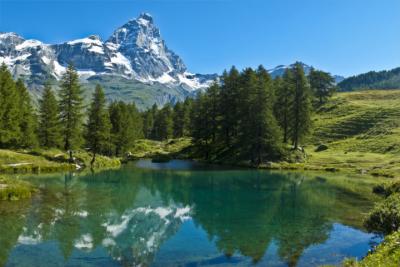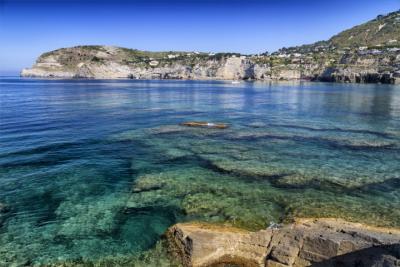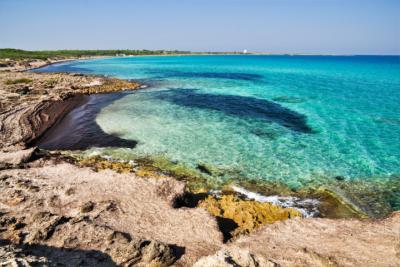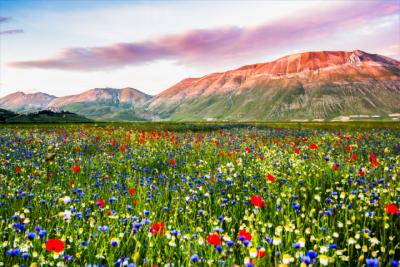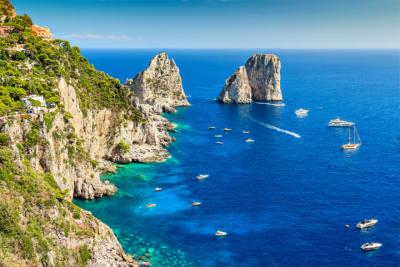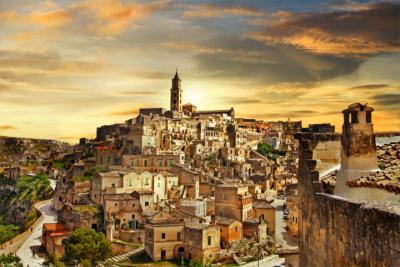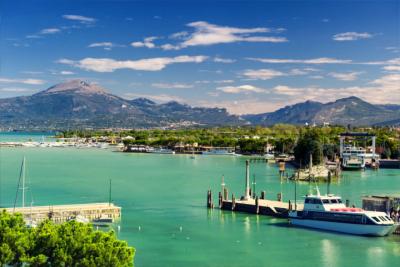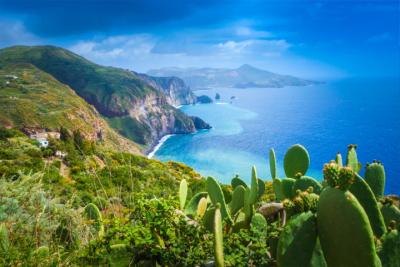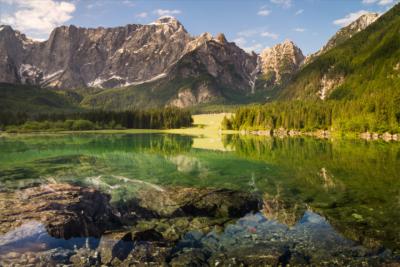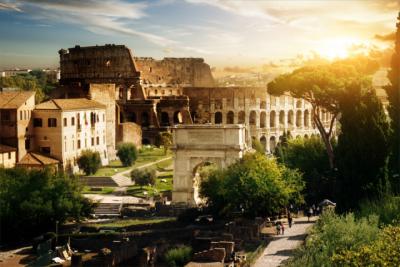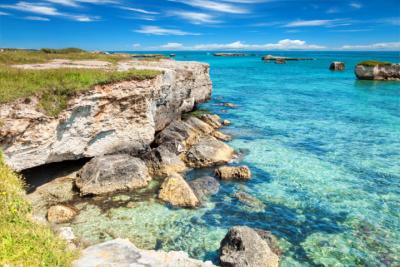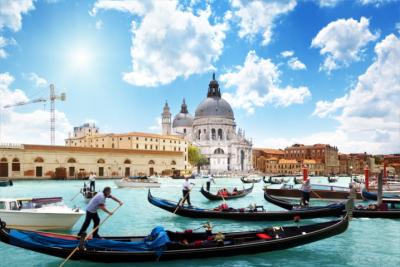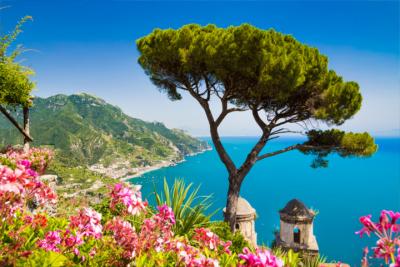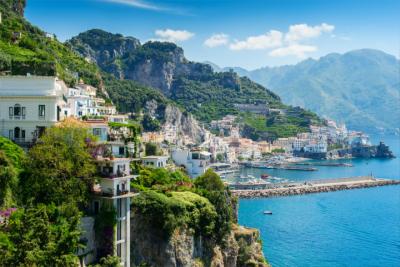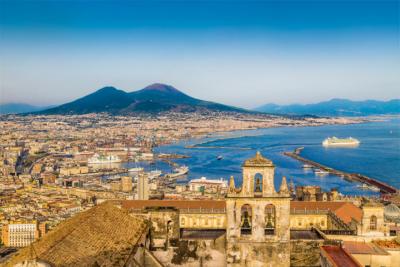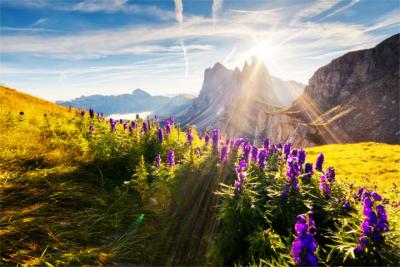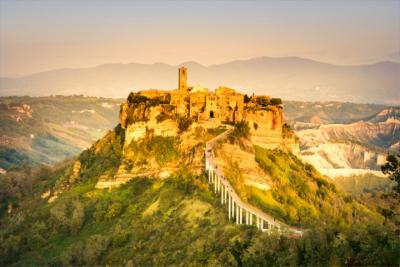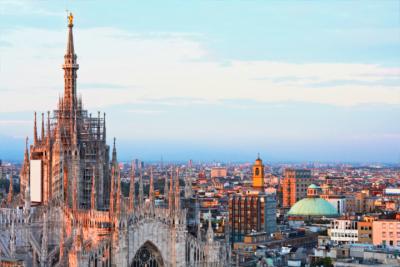Travel Offers
Travelmyne Featureprint
Distance
Aeolian Islands – The Seven Pearls
The Aeolian Islands are a natural paradise in the Tyrrhenian Sea. The famous volcano Stromboli attracts many visitors but the green vegetation on Salina or the wholesome mudbaths on Vulcano also impress travellers who are on holiday on this Italian archipelago.

Geography - Seven islands in front of Sicily
The Aeolian Islands (also called "Lipari islands") are an island group north of Sicily in the Tyrrhenian Sea. The seven islands, which have an overall area of 115 km² and about 14,000 inhabitants, lie between 30 and 80 kilometres away from Sicily's north coast with the island of Vulcano as the closest one. It is followed by Lipari, Salina, Filicudi and Alicudi further west as well as Panarea and Stromboli in the north east. With an area of 37.5 km², Lipari is the largest of the "seven pearls" as they are called in colloquial speech. The smallest island is Panarea with an area of 3.4 km². Monte Fossa delle Felci on Salina is the highest mountain (962 m) on the Aeolian Islands, which are world-famous for their volcano Stromboli, which is still active. The climate on the islands is influenced by the Mediterranean Sea and is characterised by hot summers and mild, rainy winters.

Nature - Volcanic Natural Heritage
The Aeolian Islands are of volcanic origin and were declared a World Natural Heritage site by the UNESCO in 2000. Due to their special geological features, the islands are of particular significance for volcanologists. The volcano Stromboli on the island of the same name is the most active European volcano and the best-known one of the island group. Grande Fossa on the island of Vulcano is still slightly active, which is apparent from the steam it emits (fumaroles). It last eruption took place in 1890. The Aeolian Islands are rich in sulphur, pumice and kaolin deposit and both basalt columns and obsidian are indicative of their volcanic origin. Local plants are genista, wormwood, heather, caper bushes as well as numerous herbs and healing plants. In addition, European fan palms, pine, fig, almond and olive trees grow on the islands. Natural sights on the archipelago are the fumaroles and lava sculptures on Vulcano, the obsidian flow Rocce Rosse (Lipari), the rock formations Strombolicchio (Stromboli) and La Canna (Filicudi) as well as the lava flow Sciara del Fuoco (Stromboli).

Culture - Greek mythology and cubical houses
The name of the island group dates back to two legends. The name "Aeolian" is derived from the Greek god of the winds, who is called "Aeolus". According to mythology, Zeus sent the god to the island group to rule the winds and streams there, which had killed many sailors. Another legend tells of the King Liparos, who settled on the archipelago in ancient times. The island of Lipari is the island group's political, geographical and cultural centre. The town of the same name is dominated by a Spanish castle from the 15th century, which accommodates an interesting Archaeological Museum. This museum presents the islands' history and their geological structure. Cultural attractions in Lipari are the church of San Bartolomeo, the amphitheatre and the small harbour Marina Corta with the adjacent piazza. The architecture on the Aeolian Islands is characterised by cubical, white houses, which you already see from afar. They usually have flat roofs, square rooms and a large terrace (bagghiu) with a pergola roof, round pillars, a small wall, a stone bench and decorated tiles.

Experience - Local celebrations and savoury buds
The archipelago's patron saint is Bartholomew, who is honoured with processions several times a year (13th of February, 16th of November, 24th of August). Other festivities on the islands are the Sagra del Vino e del Pane ("wine and bread festival"), the Festival Estate Eoliana (a music, theatre and dance festival) on Lipari and the Sagra del Cappero ("caper festival") on Salina. The latter celebrates a fruit which grows on the Aeolian Islands in large quantities, especially on Salina, and is cultivated with love. That is why capers are a popular side and ingredient of many meals. The many fish, meat dishes and local vegetable dishes such as caponata eoliana or insalata liparota are almost always served with capers. The smaller the buds on the caper bushes, the spicier they taste. After being picked, the buds are dried and pickled in seawater for four weeks before they are served as part of a meal.

Activities - Hiking on Stromboli and a boat trip around the islands
The Aeolian islands offer a variety of leisure activities, especially for lovers of nature, volcano enthusiasts and water sports fans. Breathtaking bays invite visitors to swim, dive and relax, while the Stromboli offers great conditions for an exciting hike. However, you can only mount the volcano in the company of a trained mountain guide, in groups and at a height of up to 400 metres. The most common starting point for such tours is the town of Stromboli. Besides this natural spectacle, the sulphur clefts and mudbaths on Vulcano attract countless travellers. The island's fumaroles have a strong therapeutic effect, especially on skin diseases, rheumatism and arthritis. Furthermore, holidaymakers can explore the islands from various perspectives on a cycling or motorcycle tour as well as on a boat trip.

Information
Although the Aeolian Islands are an island group, every island of the archipelago has its individual characteristics and appeals to a different type of traveller. While Panarea is of a rather exclusive nature, Lipari is the islands' tourist centre. Stromboli, on the other hand, is the best-known island of the group and Vulcano is the spa destination. Due to its great water resources, Salina is a natural paradise and Alicudi and Filicudi are less determined, which is why they are the ideal retreat for individualists. As there is no airport on the archipelago, visitors reach them starting from the cities of Naples, Palermo or Reggio di Calabria. Alternatively, they can take a boat or ferry from the harbours in Milazzo and Messina.
Lovers of nature, volcano enthusiasts, water sports fans and hikers will definitely not be disappointed by the Aeolian Islands. The wonderful bays, the Mediterranean vegetation, the unique geology and the heights of Monte Fossa fascinate every active holidaymaker.

